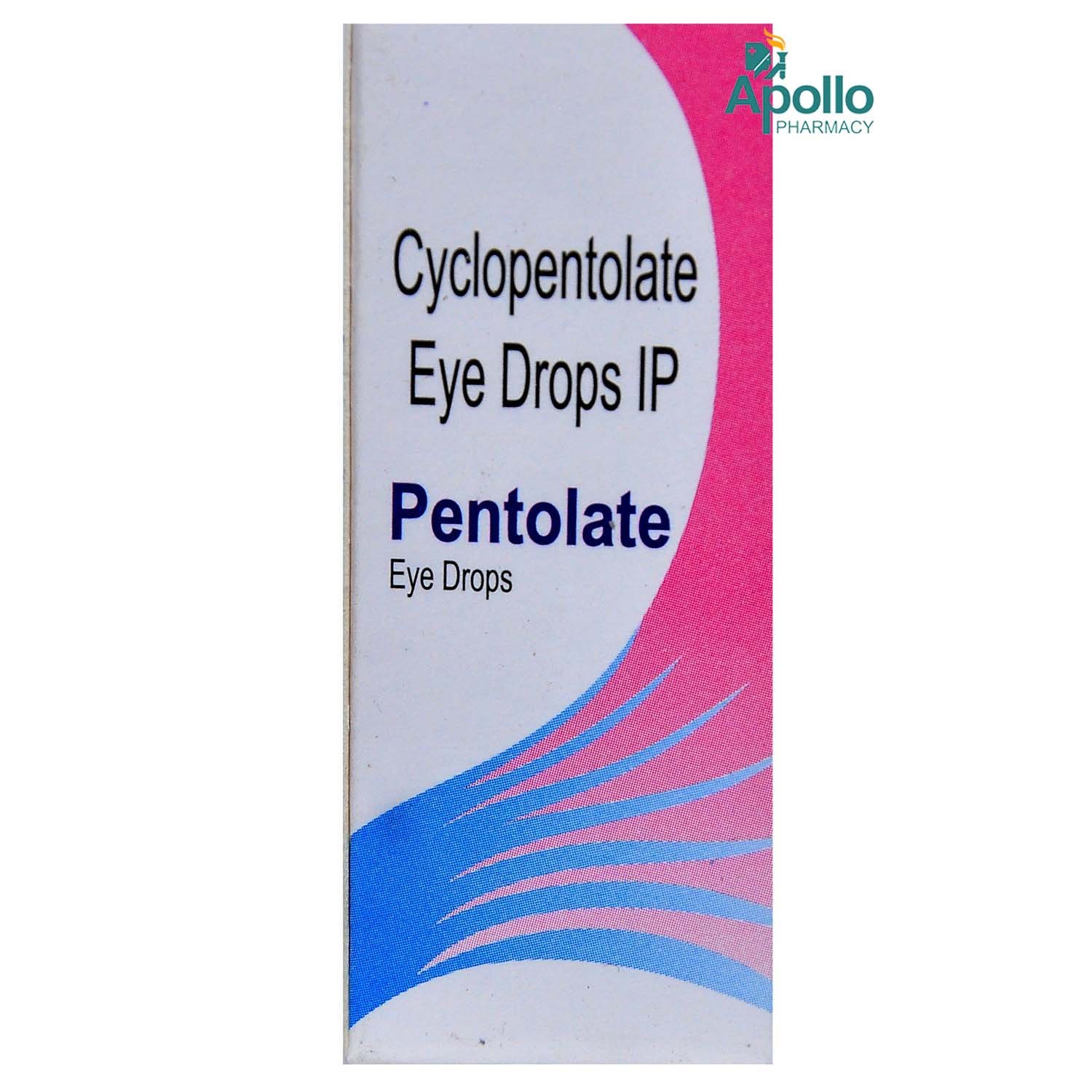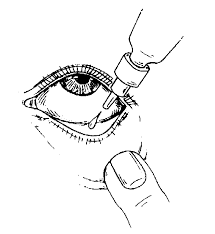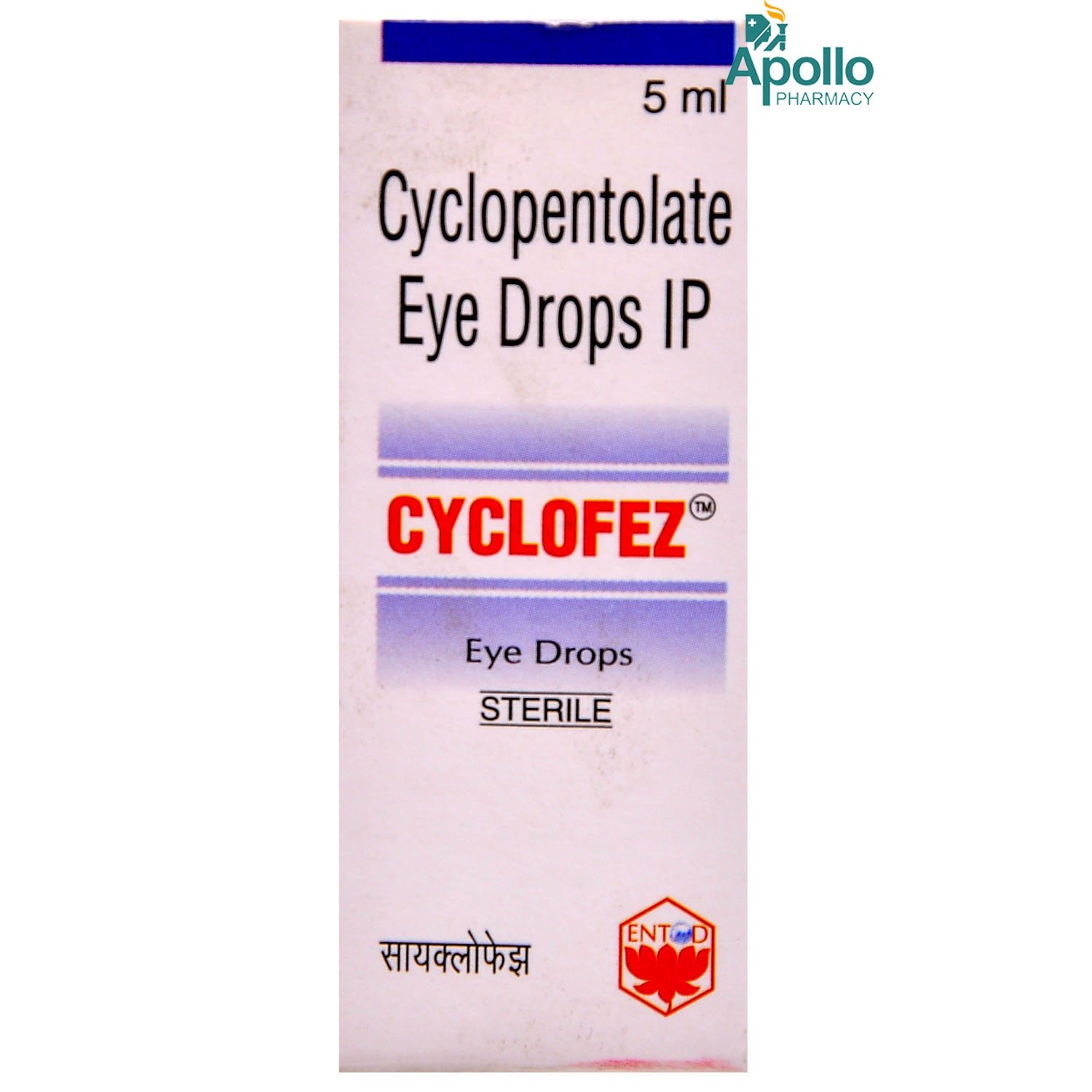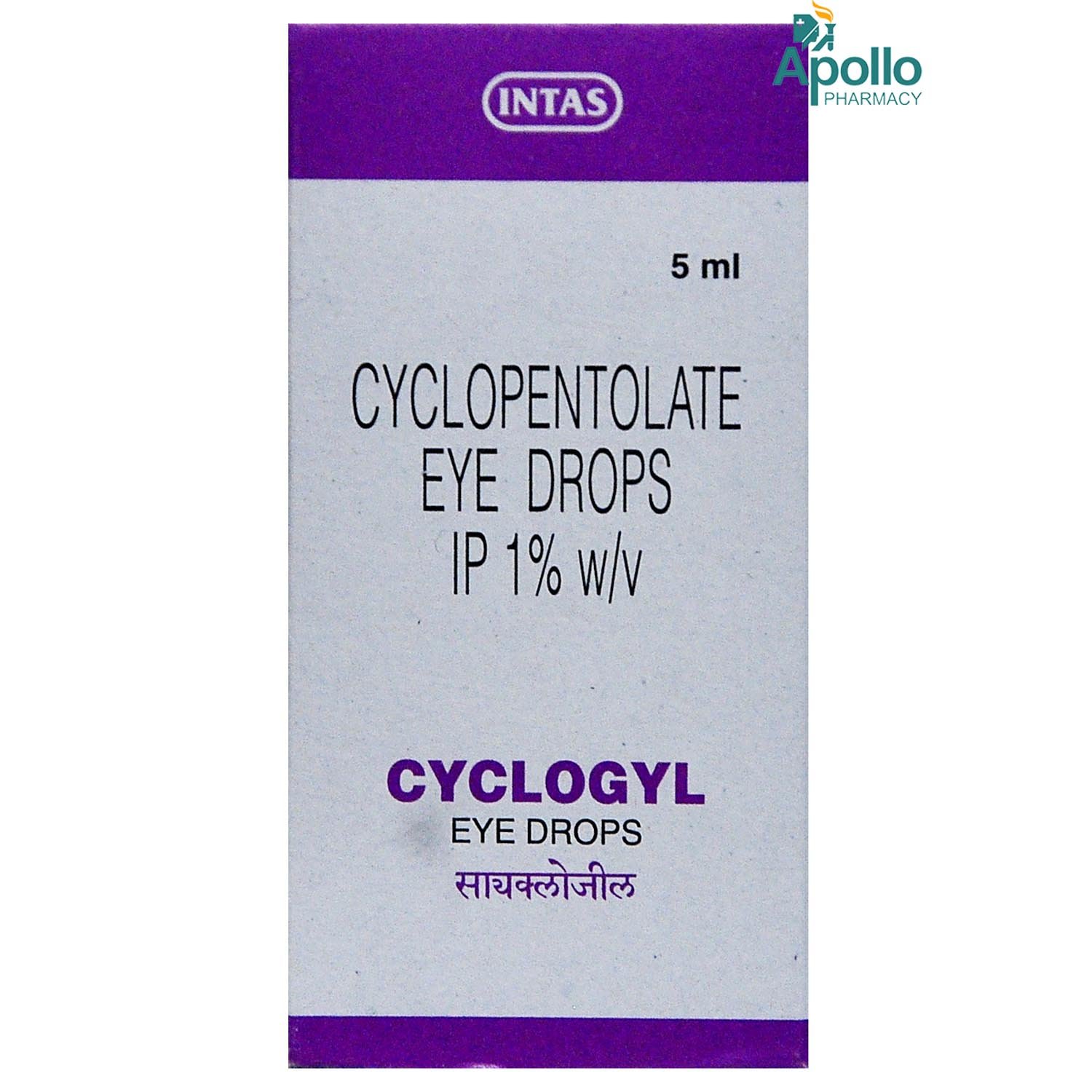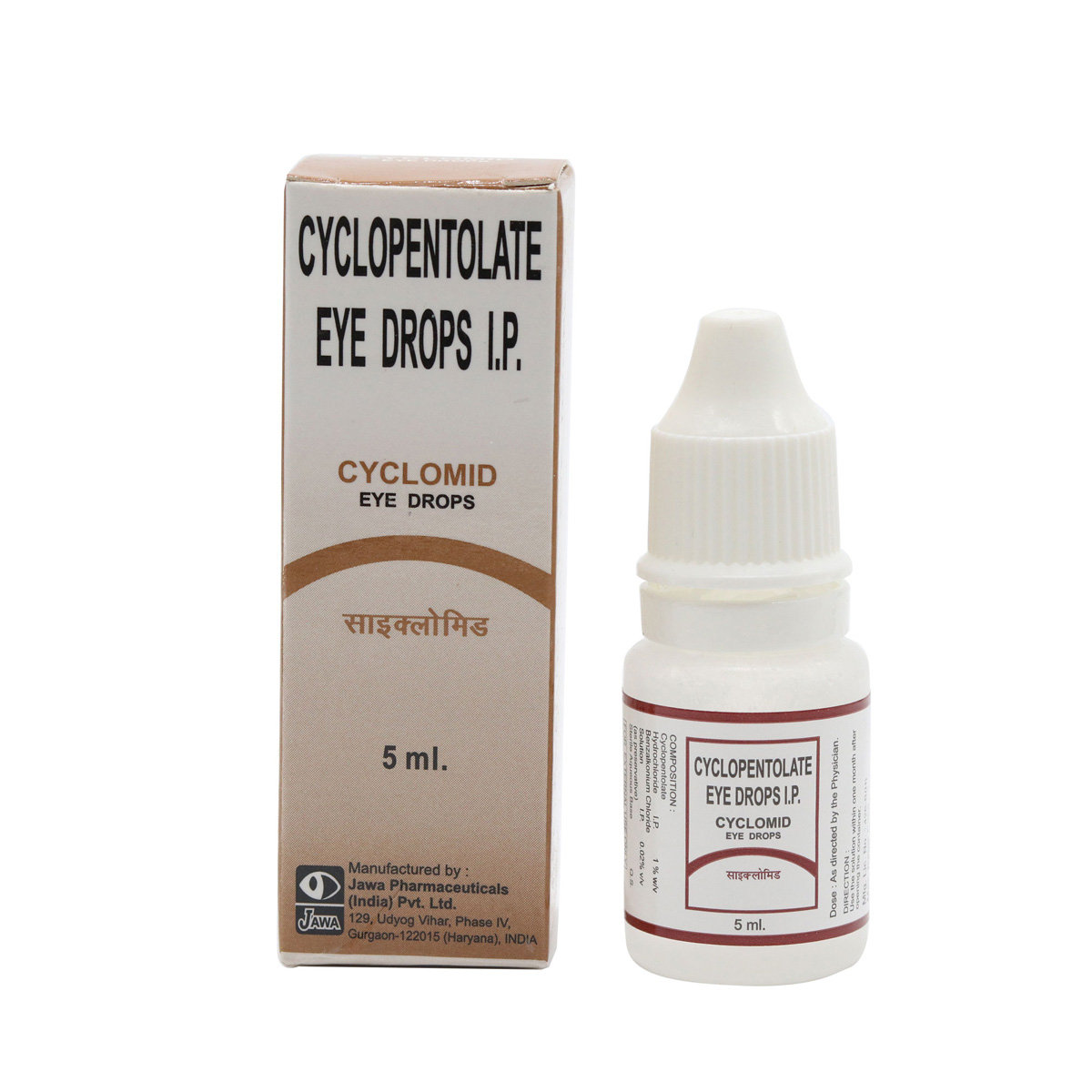- Home
- Open Eye Drop
Open Eye Drop Substitute
Open Eye Drop Substitute
Medicine Composition:
CYCLOPENTOLATE-1%W/VAll Substitutes & Brand Comparisons
RX
Out of StockCyclin 1% Eye Drop
Oscar Remedies Pvt Ltd
₹25
(₹4.5/ 1ml)
56% CHEAPERRX
Out of StockBell Pentolate Eye Drop
Bell Pharma Pvt Ltd
₹34.1
(₹6.14/ 1ml)
40% CHEAPERRX
Out of StockC Pent Eye Drop
Appasamy Ocular Devices Pvt Ltd
₹36.85
(₹6.63/ 1ml)
35% CHEAPERRX
Out of StockCp Dilate 1% Eye Drop
₹50
(₹9.0/ 1ml)
12% CHEAPERRX
Pentolate Eye Drops 5 ml
Sunways (India) Pvt Ltd
₹50.5
(₹9.1/ 1ml)
11% CHEAPERRX
Oculate Eye Drops 5 ml
Hicare Pharma
₹58.5
(₹10.54/ 1ml)
2% COSTLIERRX
Out of StockDilate Eye Drops 5 ml
Micro Labs Ltd
₹65
(₹11.7/ 1ml)
14% COSTLIERRX
Cyclofez Eye Drops 5 ml
Entod Pharmaceuticals Ltd
₹71
(₹12.78/ 1ml)
24% COSTLIERRX
Out of StockCyclotest Eye Drops 5 ml
MSP Labs
₹65.63
(₹13.13/ 1ml)
27% COSTLIERRX
Auropent Eye Drop 5 ml
Aurolab
₹75
(₹13.5/ 1ml)
31% COSTLIERRX
Out of StockCyclovis 1% Eye Drops 5 ml
Glow Vision Pharmaceuticals
₹75
(₹13.5/ 1ml)
31% COSTLIERRX
Cyclogyl Eye Drops 5 ml
Intas Pharmaceuticals Ltd
₹82.5
(₹14.86/ 1ml)
44% COSTLIERRX
Out of StockZepent Eye Drops 5 ml
RENOVA HEALTHCARE
₹103
(₹20.6/ 1ml)
100% COSTLIERRX
Pentol Eye Drop 3 ml
Klar Sehen Pvt Ltd
₹95.5
(₹28.67/ 1ml)
179% COSTLIERRX
Cyclomid Eye Drop 5 ml
Jawa Pharmaceuticals India Pvt Ltd
₹169.5
(₹30.52/ 1ml)
197% COSTLIER

When Should You Consider Switching from Open Eye Drop?
Patients may explore substitutes in the following scenarios:
- High monthly cost of Open Eye Drop
- Non-availability in local pharmacies
- Generic recommendation by a doctor
- Side effects or better tolerability with alternatives
What to Know Before Switching
Before you switch from Open Eye Drop to another medicine, here are some important points to keep in mind:
Same salt, different brands:
Most substitutes contain the same active ingredient - CYCLOPENTOLATE-1%W/V, but the fillers, coating, or manufacturing quality may vary slightly.
Consult your doctor first:
Even if the salt is the same, your doctor can confirm if the substitute is right for your condition, dosage, and health history.
Watch out for allergies or reactions:
Some people may react differently to certain brands due to inactive ingredients. If you notice any side effects, inform your doctor immediately.
Price ≠ effectiveness:
A lower-priced substitute doesn't mean it's less effective. Many generic medicines work just as well as branded ones.
Check the dosage form and strength:
Always match the substitute’s strength (e.g., 5mg, 10mg) and form (tablet, capsule, syrup) with what your doctor prescribed.
Uses
Open Eye Drop used for Eye examination, Uveitis. The detailed uses of Open Eye Drop are as follows:
- Pupil Dilation: Open Eye Drop dilates the pupils for comprehensive eye examinations.
- Uveitis Management: Open Eye Drop helps to manage uveitis by reducing pain and inflammation.
- Cycloplegia: Open Eye Drop temporarily paralyzes the ciliary muscles for accurate measurement of refractive errors.
- Diagnostic Procedures: Open Eye Drop facilitates diagnostic procedures like retinoscopy and fundus examination.
Medicinal Benefits
Open Eye Drop contains Cyclopentolate, which is an anticholinergic drug primarily used before eye examinations (refraction exams). Open Eye Drop works by temporarily dilating (widening) the pupil of the eye and relaxing the surrounding muscles. It can also be prescribed during the treatment of a condition called anterior uveitis. This is a painful eye condition caused by inflammation and pain within the eye. Open Eye Drop makes the pupil larger and relaxes the muscles in the eye, which reduces pain and allows the inflamed part of the eye to rest and recover.
FAQs
The substitutes of Open Eye Drop contain the same active salt(s) - CYCLOPENTOLATE-1%W/V. However, they may differ in price, manufacturing quality, and inactive ingredients. Speak to your doctor to find a suitable option.
Switching to a generic substitute medicine in the place of Open Eye Drop is often possible if it has the same salt, strength, and dosage form. But always check with your doctor before making any changes to your medication.
Generics versions of Open Eye Drop are typically more affordable because they don’t include the original brand's research, development, and marketing costs. They contain the same active ingredient and are approved for safety and effectiveness.
Most people don’t notice any difference. However, some may react to different fillers or coatings. If you notice any unusual symptoms after switching, consult your doctor.
Make sure the new medicine has the same active salt, strength, dosage form. Always confirm the change with your doctor or pharmacist.
Substitutes of Open Eye Drop meet the same safety and efficacy standards as Open Eye Drop, but small differences in absorption or formulation can exist. A doctor can help you choose the right one for your needs.
Yes. Substitutes of Open Eye Drop may vary in color, size, or shape due to differences in manufacturing and branding, but this does not affect how they work.
Yes, it’s generally safe to switch between multiple substitutes of Open Eye Drop if they have the same salt and strength. However, always inform your doctor so they can monitor how your body responds.
Yes, many people safely use substitutes of Open Eye Drop for long-term treatment. Just ensure it’s done under medical supervision.
If your symptoms stay under control or lab results remain stable, the substitute for Open Eye Drop is likely working well. Regular follow-ups with your doctor are important.
Absolutely. Even with the same salt, small differences can affect how your body responds when switching from Open Eye Drop to its substitute. Always consult your doctor before switching.
Open Eye Drop is used to dilate the pupil of the eye and to temporarily paralyse the lens before an eye examination or surgery. It is also used to treat eye inflammation after cataract surgery.
Open Eye Drop contains Cyclopentolate, which works by temporarily dilating (widening) the pupil of the eye and relaxing the muscles of the eye. It can also be prescribed to treat inflammation and pain within the eye.
Do not wear contact lenses while using Open Eye Drop. Wait at least until the effects of the drops have completely worn off before wearing the contact lenses.
The common side effects of Open Eye Drop are eye irritation, foreign body sensation in the eyes, blurred vision, eye itching, stinging, increased intraocular pressure, and burning sensation in the eye. These side effects are mild and temporary.
The Open Eye Drop may take approximately half an hour or more to take effect after it has been fully used. Effects may last for up to 24 hours, but the duration may vary depending on your disease condition.
Open Eye Drop may cause blurry vision for some time initially. Avoid driving and operating machinery in such cases until you feel better. If the effect persists longer, seek medical attention.
As a side effect, Open Eye Drop may produce hypertension or high blood pressure, so it is not known to cause low blood pressure. Therefore, if you have blood pressure-related problems, see your doctor before taking Open Eye Drop.
No, Open Eye Drop does not need to be refrigerated. It should be stored at room temperature, away from direct sunlight and heat, and tightly closed.
Yes, Open Eye Drop is safe for infants if it is used in the prescribed dose and duration. However, infants should not be fed for 4 hours after the installation of Open Eye Drop as it may increase the risk of side effects.
The frequency of using Open Eye Drop can be determined by the doctor based on your medical condition. Do not use Open Eye Drop more than the prescribed doses as it may cause side effects. Therefore, use Open Eye Drop exactly as prescribed by the doctor.
Open Eye Drop is used to assist manage pain and stop synechia, which is the adhesion of the iris to the cornea, in cases of microbial keratitis. Cyclopentolate is a mydriatic-anticholinergic medication that blocks acetylcholine's activity at smooth muscle parasympathetic locations. As a result, the pupil enlarges and the lens momentarily becomes immobile. Typically, cyclopentolate takes 30 to 60 minutes to start working.


